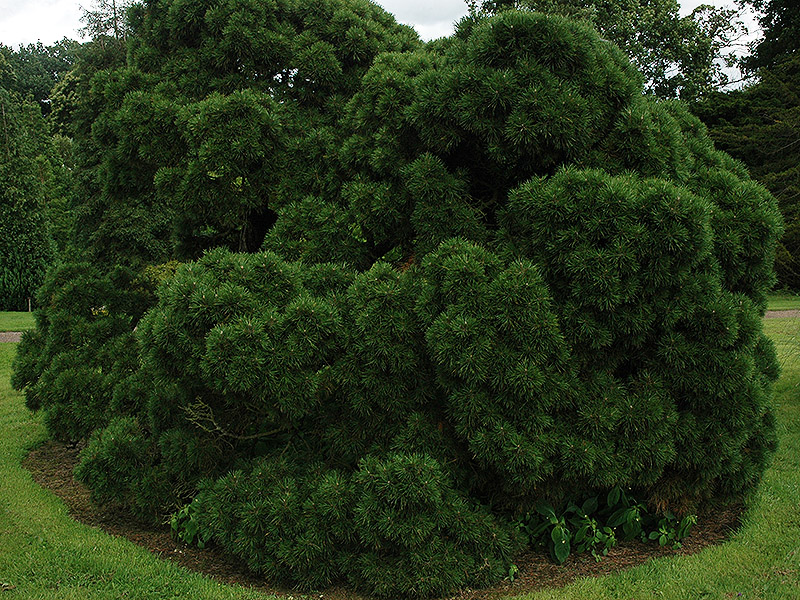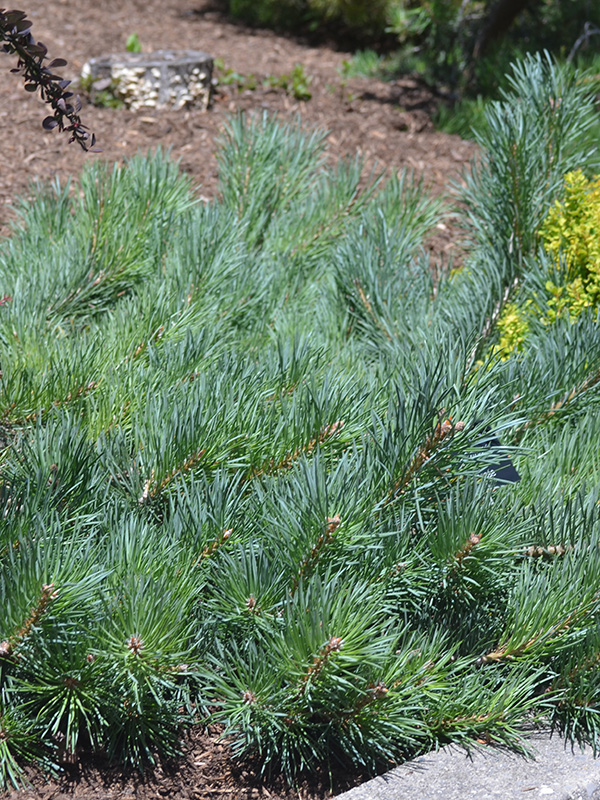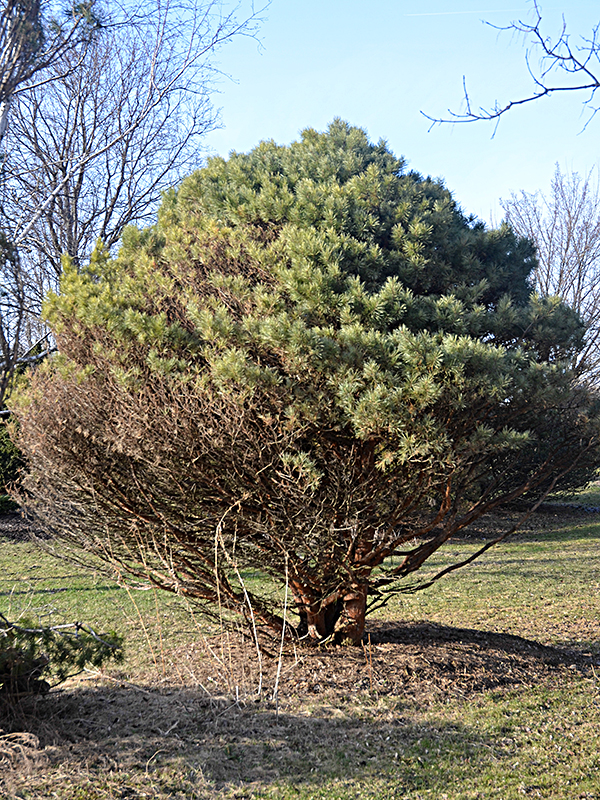
Woody > Pinus > Pinus sylvestris > Pinus sylvestris
Pinus sylvestris
Scots Pine
Origin: Europe and Asia but may be naturalized in other areas.
Mike's
Opinion


"
Considered invasive, if ever you had a pine Christmas tree, chances are it was a Scots Pine. Although considered invasive, it is still a beautiful tree with its quirky red-orange bark.
Michael Pascoe, NDP., ODH., CLT., MSc. (Plant Conservation)
"
| Family |
| Pinaceae |
| Genus |
| Pinus |
| Species |
| sylvestris |
| Category |
| Woody |
| Type |
| Tree (evergreen) |
| Pronunciation |
| USDA Hardiness Zone |
| 2 - 7 |
| Canadian Hardiness Zone |
| 1-9 |
| RHS Hardiness Zone |
| H5-H7 |
| Temperature (°C) |
| -46 - (-15) |
| Temperature (°F) |
| -50 - 5 |
| Height |
| 10 - 20 m |
| Spread |
| 10 - 15 m |
Photographs
Description and Growing Information
Flowering Period
| General Description |
| At seven years old it is your stereotypical Christmas tree growing into something rather irregular upon reaching maturity. |
| Cultivation |
| Loathes the shade but can succeed in most forest locations in Canada and the northern United States. |
| Shape |
| Loose pyramidal when young with a flat rounded top at maturity. |
| Growth |
| Fast |
| ID Characteristic |
| Orange bark with two needle bundles which are twisted blue and green. |
| Pests |
| In its native range it is prone to red band needle canker (Dothistroma), pine pitch canker (Fusarium circinatum), and pine-tree lappet moth (Dendrolimus pini). |
| Habitat |
| Dry upland areas. |
| Bark/Stem Description |
| Orange and red and flaking in the upper crown; grey brown at base with fissures and plates. |
| Flower/Leaf Bud Description |
| Cylindrical, short-pointed and resinous |
| Leaf Description |
| Blue hued bloom on two short, stiff and twisted needles per quill that remain on the tree for around three years. |
| Flower Description |
| In late May pollen is shed from bright yellow male strobili. Pink at first, the female strobili turn into green immature cones in their second year. |
| Fruit Description |
| One of the smallest pine cones: ranging from 5–7 cm in length, pyramidal in shape, sharp and pointed. |
| Colour Description |
| Orange red bark gradating down to a grey brown base, with blue tinged needles. |
| Texture Description |
| Medium coarse. |
| Notable Specimens |
| Heritage Trees in Elgin County, Ontario, Canada, have noted a specimen at 132 Centre St, St Thomas and 36018 Mc Diamid Line. Trebah Gardens, Mawnan Smith, Nr Falmouth, Cornwall. |
| Propagation |
| By seed. |
| Ethnobotanical Uses (Disclaimer) |
| Christmas trees. |
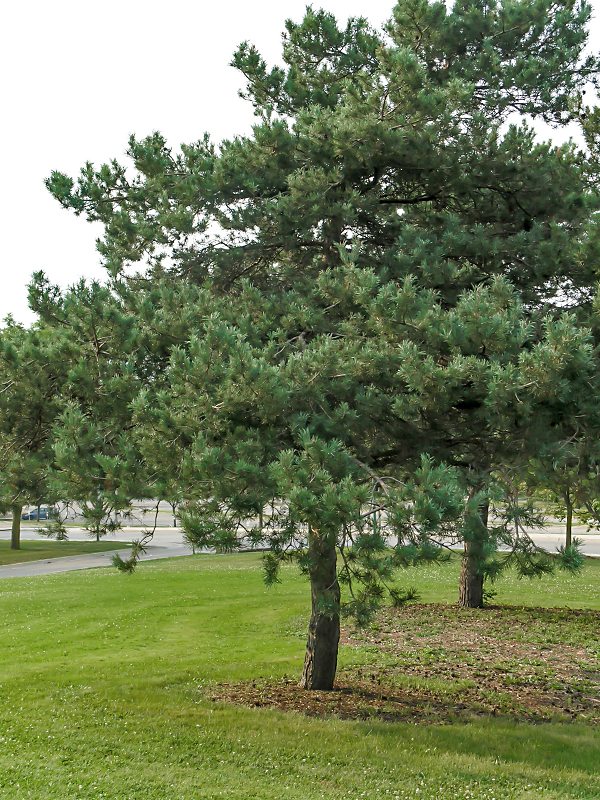
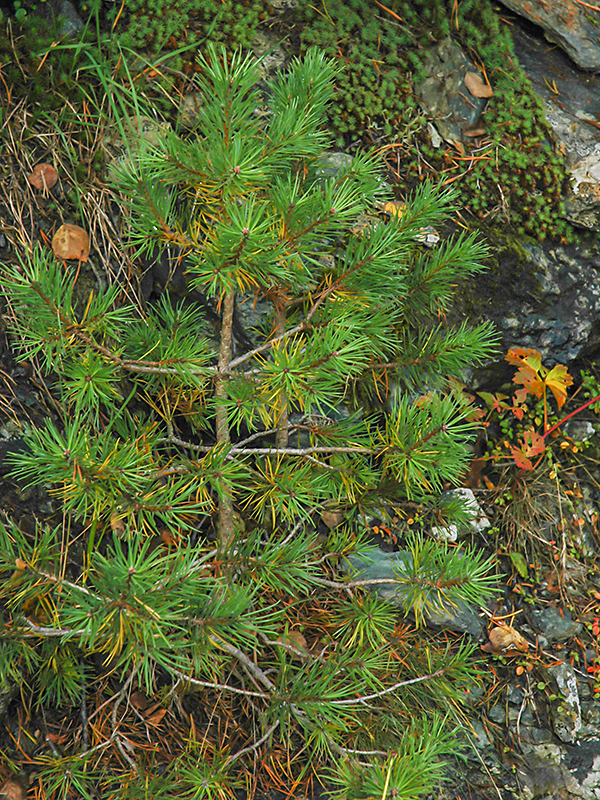
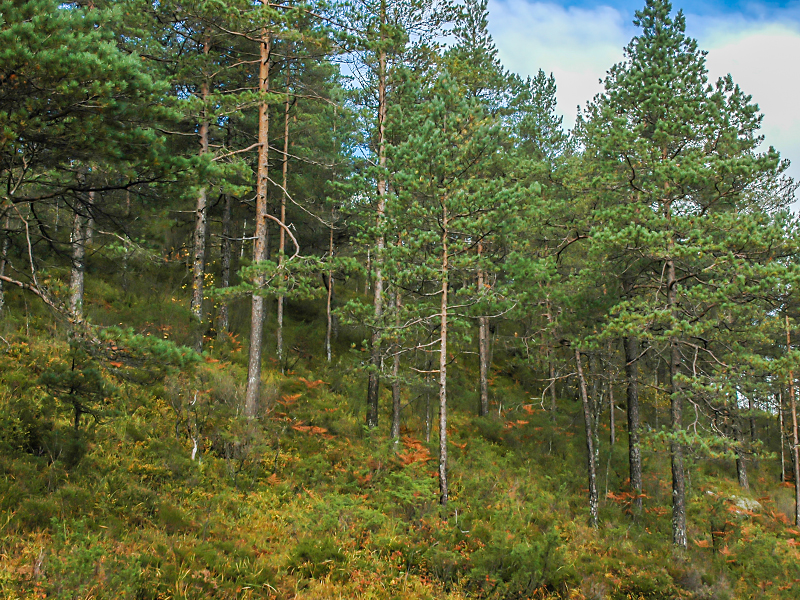
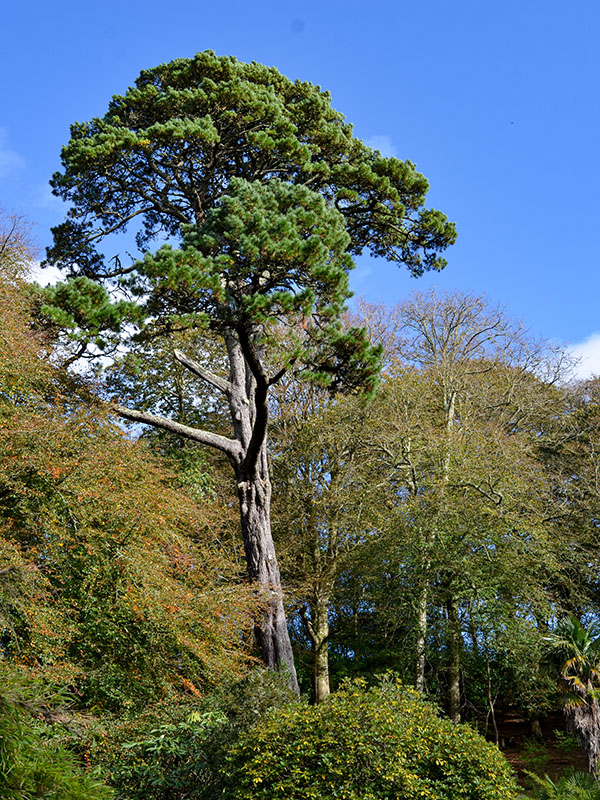
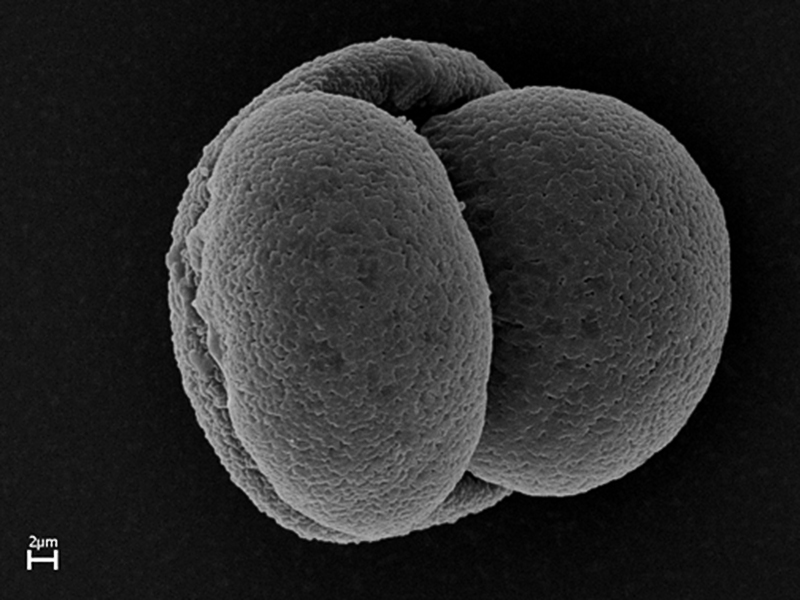
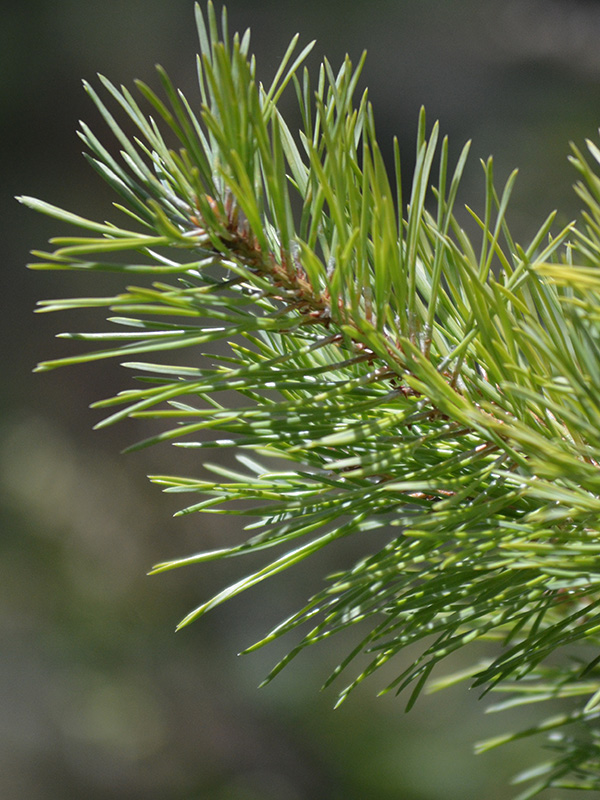
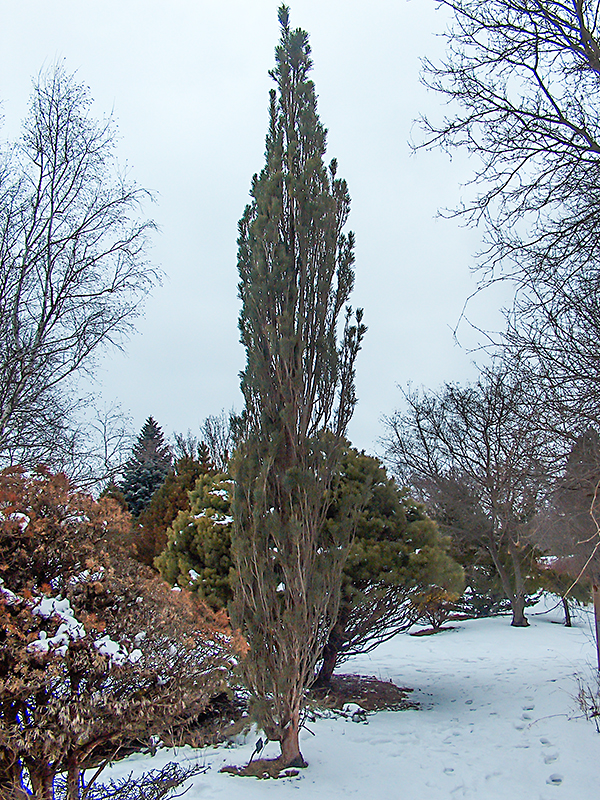
.jpg)
